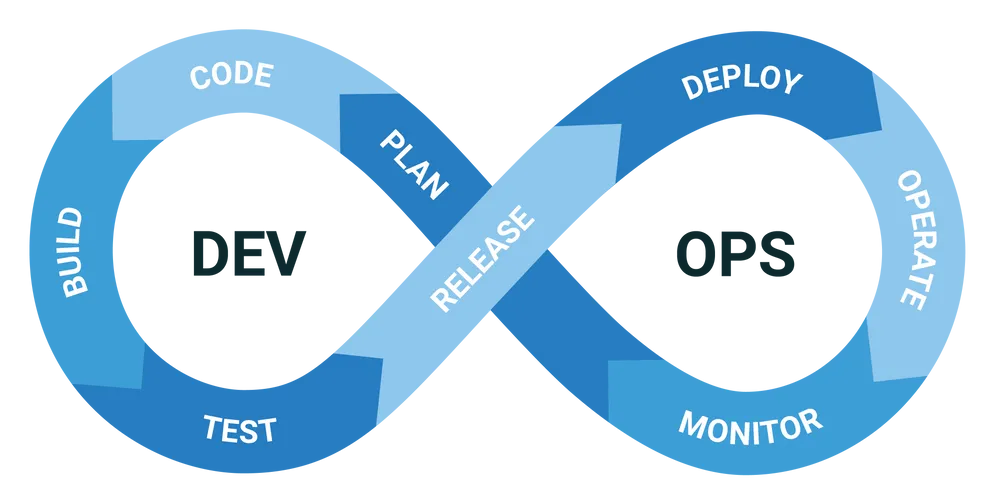Set the Fireworks for Serverless
July 2025
Welcome to August, I hope you had a great July! Here in the Western Hemisphere both Canada and the United States celebrated their respective Independence Days and of course there were other holidays around the world.
Kids are out of school, people are on vacation, the grills are being brought out for cookouts. Yes, summer is here. However, just because you are taking a break doesn’t mean that the serverless world did.
I certainly did my serverless reading and I will use this newsletter to tell you what I learned. Also, at the end, I will tell you about the new newsletter format starting in August 2025.
Building a Serverless Environment
Often times when I talk about serverless I talk about deploying application on a serverless runtime or using a serverless database. These are, of course, important things but what about the actual build process?
I read DevOps.com and I came across this article on Serverless CI/CD. Now to level set on CI/CD. CI/CD stands for “Continuous Integration/Continuous Delivery”. It is the practice in which you are able to build your application, deploy it, monitor it, and iterate on it. Octopus Deploy actually has a very good article on the concept and it includes the famous DevOps loop (see below).
So what does this have to do with serverless? Well, I think with the ease of serverless, many people do a simple “push to deploy” with their code from either their git repository or even from their local development environment. I mean it’s easy right? Package the code and push it, it’s live!
For personal projects, that is probably fine. However, when you are working as a team on a large open source project or an enterprise application, you need to put in guardrails to make sure that nothing goes awry and there is a good practice to maintain your release strategy.
A good CI/CD strategy will do that. It can help improve code quality, simplify rollbacks, reduce costs, and more. I am not here to tell you which CI/CD DevOps tool is the best. I personally am partial to GitLab but there are many options out there. Find the one that works best for you.
The Serverless AI Startups Keep Coming
This startup showed up in my feed a lot this month. South African startup Cerebrium raised $8.5M from Gradient. What does Cerebrium do? Well they do serverless AI. That is, they are a serverless platform for hosting AI applications such as chatbots, voice assistants, and whatnot. It scales up and down as needed.
We have seen several startups like this lately, all trying to be serverless. I have said it once, I will say it again. When it comes to AI Applications, serverless makes the most sense. Pay only for what you us and don’t worry about infrastructure. No developer cares about infrastructure. Write code, deploy it, and trust that your platform can handle the scaling.
Another startup, Blaxel, just raised $7.3M to be the “AWS for AI Agents”. They are trying to be a cloud for AI Agents. They can handle serverless APIs, MCP Servers, and more. They are trying to fill in a gap that, quite frankly, the larger cloud providers are struggling to do now. Again, let’s make deploying agents and MCP servers easier. Serverless!
You can see a neat interview with the co-founder, Charles Drappier, here on Pulse 2.0.
Serverless inferencing is also becoming a bigger deal so I predict more and more of these stories in the future which I will cover in the new format (more on that later).
More WASM!
Microsoft is doubling down on their Micro-VM designed for WASM workloads. This tool is called Hyperlight. Hyperlight WASM is a Rust-based web server that can execute multiple functions on micro VMs. It can support other languages, don’t worry.
I still wonder what the future of WASM will be. WASM is very promising and major companies like Microsoft are doubling down on it. But it does seem to be lagging when it comes to AI workloads. I think that fact is what’s causing people to not talk about it as much. However, not every application is an AI application. We still have non-AI apps out there. WASM may very well be a great use case for that.
Serverless Remote MCP
Cloudflare has launched a Remote MCP Server! Cloudflare is pretty much synonymous with serverless nowadays, at least when it comes to runtimes. Well now they offer a remote MCP server option for you to build and host with no infrastructure. Cloudflare is doing some really cool things and I look forward to seeing more of what happens here.
New Format
I will be exploring a new format starting with the next edition of the newsletter. I will be categorizing stories to cover Startups, Product Launches, Runtimes, and Data. This should make the newsletter easier to read but also deliver more information.
Admittedly, my previous formatting was a bit haphazard which would make the stories harder to read (and harder to write). By categorizing the information and including smaller blurbs, I can deliver more content. I will also include an op-ed section of sorts where I just kind of brain dump my overall thoughts on serverless trends.
Closing Thoughts
Serverless is here to stay. We are seeing more and more serverless startups getting funding. We are seeing major players invest in serverless options, and we are starting to see people think about how serverless will fit into their processes and platforms.
What will the serverless world bring us next? Well stay tuned to find out!
—Photo courtesy Anna-Louise on Pexels—


